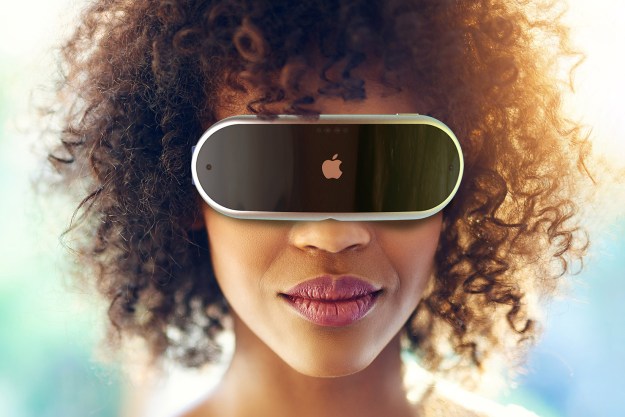To that end, various Microsoft original equipment manufacturers were slated to introduce relatively low-cost VR headsets that work directly with the Windows Holographic set of APIs in Windows 10, with pricing around $300 — roughly half the cost of the first round of VR systems. Lenovo has taken advantage of CES 2017 to push out the first of these new products, The Verge reports.
Lenovo’s VR headset product is looking like a comfortable device at 350g, as compared to the HTV Vive at 555g. In addition, according to The Verge, the design is reminiscent of Sony’s PlayStation VR headset where the lenses are suspended over the user’s eyes instead of being held in place with a strap.
In terms of visual quality, Lenovo is using the Windows Holographic standard 1440 x 1440 resolution, with OLED making up the panels. That is an increase in resolution over the displays in the Oculus Rift and the HTC Vive. In spite of the increased specifications, Lenovo hopes to price the new VR headset “closer to $300” in the $300-to-$400 price range.
The VR headset will support inside-out, six degrees-of-freedom tracking, obviating the need for an external camera setup. That capability is part of the Windows Holographic implementation, as are the likely third-party options that will flesh out accessories like motion controllers. Windows Holographic will also drive the headset’s capabilities, which should include a mix of converted HoloLens apps that take advantage of the two cameras on the front of the headset and a theater-style floating viewer mode.
Lenovo has not released any information on when the new VR headset will launch, nor even named the product at this point. All we know is that it will ship in 2017 at some point and that it’s the first in what should be a long line of OEM Windows Holographic VR headsets — potentially the first salvo fired by the Windows ecosystem in dominating the VR market.
Editors' Recommendations
- This new VR headset beats the Vision Pro in one key way and is half the price
- What’s behind customers returning their Vision Pro headsets?
- Watch Apple’s new ‘Get Ready’ ad for its Vision Pro headset
- Apple’s VR headset has no killer app, prominent leaker warns
- New leak reveals exactly how Apple’s VR headset will work


